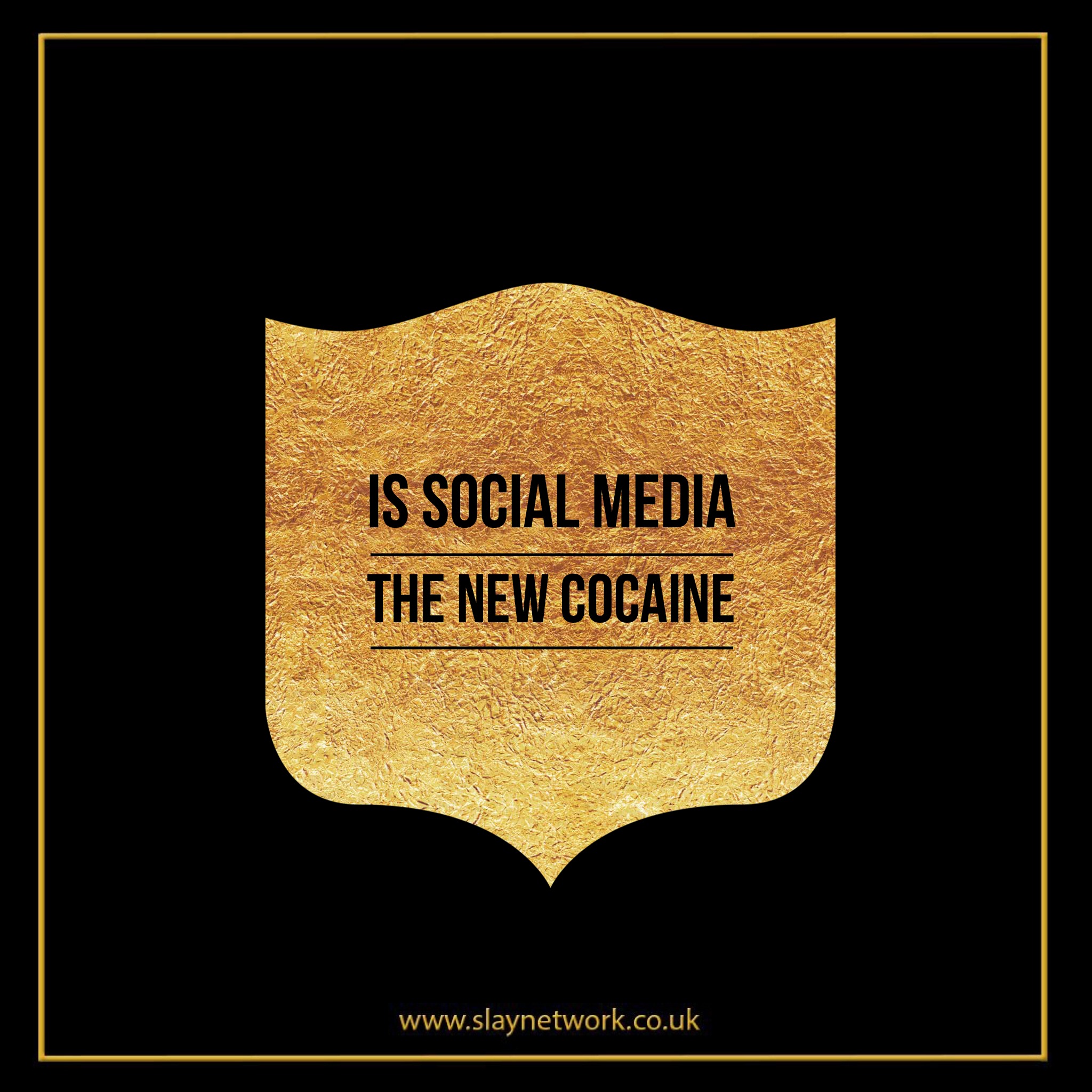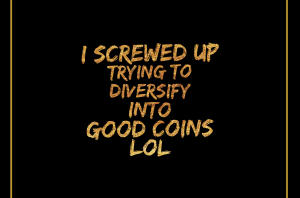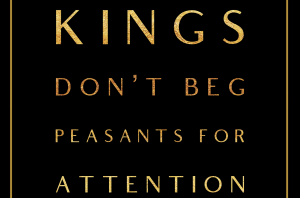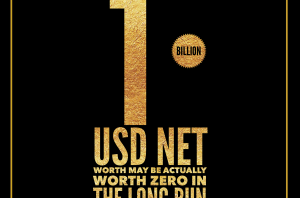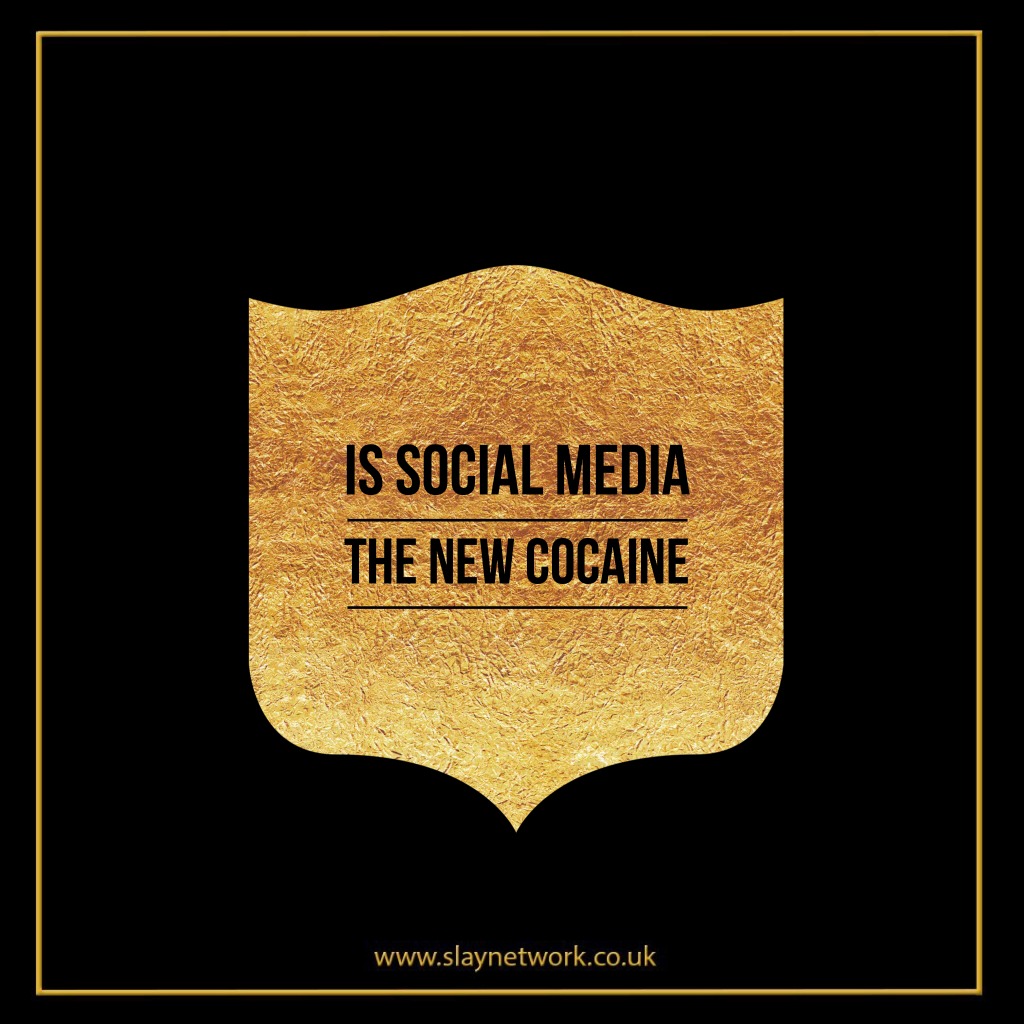
The social media of the day should be given names like Snapcrack, Instagrams and Tooter, according to the latest research. It seems that spending too much time checking Facebook and other digital communities can be just as much of a detriment to a person’s cognitive stability as getting locked into a savage habit with cocaine or opioids
Earlier last week, the folks at Fox News commissioned a team of “health specialists” to examine the effects of using social media in excess. The goal of the study was to determine whether scouring news feeds for positive affirmation could pose health risks for the user.
It turns out a person who lives and dies by his or her presence on various social media networks can get sucked into a short-term habit, one selfie at a time.
Researchers say receiving “likes” and “comments” can give users the same feel-good effects as snorting coke or other dopamine-releasing drugs.
“Facebook likes and comments activate similar parts of the brain as opioids, where each like or positive comment activates the reward system and the brain releases dopamine,” said Dr. Tara Emrani, a psychologist at NYU Langone Health.
“So, arguably, the feelings/experiences of the brain, as a result of Facebook likes or comments, is similar to those resulting from cocaine, albeit less intense,” she added.
This is not the first time scientific minds have suggested that social media is like doing cocaine.
In 2014, researchers at the University of Southern California published a study showing that a person’s Facebook feed has the power to tickle the same parts of the brain as their favorite powdered stimulants.
But this does not mean that social media is addictive in the same way as commonly used drugs, says Keith Humphreys, Director for Mental Health Policy in the Department of Psychiatry and Behavioral Sciences at Stanford University.
He recently told Fox that, “drugs affect the same brain reward pathways that are fundamental to our functioning,” which means a person with a so-called “social media addiction” is really just behaving a certain way because their digital interactions have proven “rewarding.”
But sometimes the user has a bad trip.
Right before the holiday break, Facebook researchers admitted that social media could be harmful to the average user.
In a report titled “Hard Questions: Is Spending Times on Social Media Bad for Us?,” the company acknowledged that it has perhaps contributed to a legion of anti-social “like” junkies, as there is plenty of academic evidence showing that Facebook affects the overall mental health of its users.
Although positive affirmation on social mediamight keep a person coming back for more, one negative comment is all it can take to shuttle the user into a wicked state of depression, sadness and even despair.
So, much like cocaine and other harder drugs, Facebook believes its platform should be used in moderation.
“In sum, our research and other academic literature suggest that it’s about how you use social media that matters when it comes to your well-being,” the company wrote.
But what about the children?
Some studies indicate that social media addiction is a very real problem; one of which stands to change the addict daze of future generations.
Research has shown that giving a kid a smartphone or a tablet is the equivalent to handing them “a gram of coke.” It is a swipe-and-scroll scourge that has prompted rehab centers in parts of the country to provide parents and progeny with “digital technology treatment.” The goal here, other than raking in shit tons of money on this disease of the week, is to break the addiction and give kids the tools they need to get socially involved in reality.
On the flipside, however, a report from the New York Times suggests that smartphones, which are being used for social media, are preventing more children from experimenting with illegal drugs. Although researchers have not dug up any significant evidence to explain this phenomenon, there is speculation that teens are simply more preoccupied with digital technology these days to give two flying squirts about getting high.
Much like how Lou Reed and the Velvet Underground wrote the song “Heroin” and Eric Clapton gave us “Cocaine,” we shudder to think that there could be a time when the rock stars of tomorrow start writing whiny, little tunes about their fiendish addictions to the social media world.
By High Times
If you would like to share your content on Slaylebrity click here

